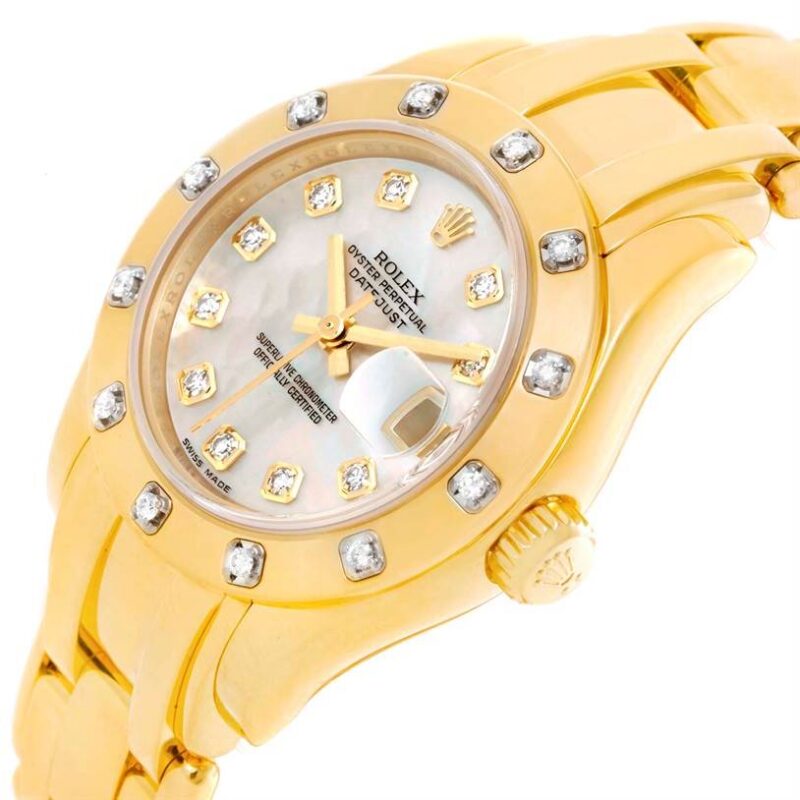imitation
How to Tell the Difference Between 4, 5, and 6 Digit
Every Rolex watch has a corresponding reference number, and understanding the Rolex reference numbering system will ultimately give you a better understanding of the brand’s timepieces themselves. Over the years, Rolex has added numbers to its numbering system, and each time a number is added to the brand’s reference number, a new generation of watches comes with its own list of updates, features and functions.
While at first glance, each number looks like an arbitrary string of digits, Rolex’s reference numbers are the key to unlocking the age of the watch’s production, the type of model, the style of the bezel, and even the materials used in the construction of the case and bracelet. If you’re wondering why Rolex has used different length reference numbers over the years, then read our guide to the differences between Rolex 4, 5 and 6-digit reference numbers.
Vintage imitation watches are usually categorized as 30 years old or older. Watches that are less than 30 years old but not currently in production are sometimes referred to as vintage watches if they are close to the vintage cutoff; however, the entire category is most often referred to as discontinued watches. Finally, models that are part of the current Rolex catalogue (such as the Rolex Daytona ref. 116500LN or the latest generation of Submariner models with 41mm cases) are referred to as currently produced watches, and these are the ones you can still find in stores, although you may have to spend some time on a waiting list to actually buy one.
The number of digits in a Rolex reference number can indicate the general production year of the watch. With this in mind, Rolex has added the digits of each model to its reference number system, so there is no year in which the reference number of every watch in the brand’s entire collection becomes one digit longer. Generally speaking, most Rolex replica watches with four-digit reference numbers were produced before the late 1980s, so they are considered vintage watches. Examples include the vintage Submariner 1680, the vintage GMT-Master 1675, the vintage Daytona 6263, the vintage fake Datejust 1601, and many more.
Rolex began producing five-digit models in the late 1970s and transitioned (more or less) all of its models to five-digit reference numbers in the late 1980s. Thus, whether a five-digit Rolex is classified as vintage or discontinued depends on the year of its production. For example, the Day-Date 18038, Sea-Dweller 16660 and GMT-Master 16750 are usually classified as vintage Rolex models, while the Day-Date 18238, Sea-Dweller 16600 and GMT-Master II 16710 are not necessarily considered vintage, although over time, they continue to go vintage.


